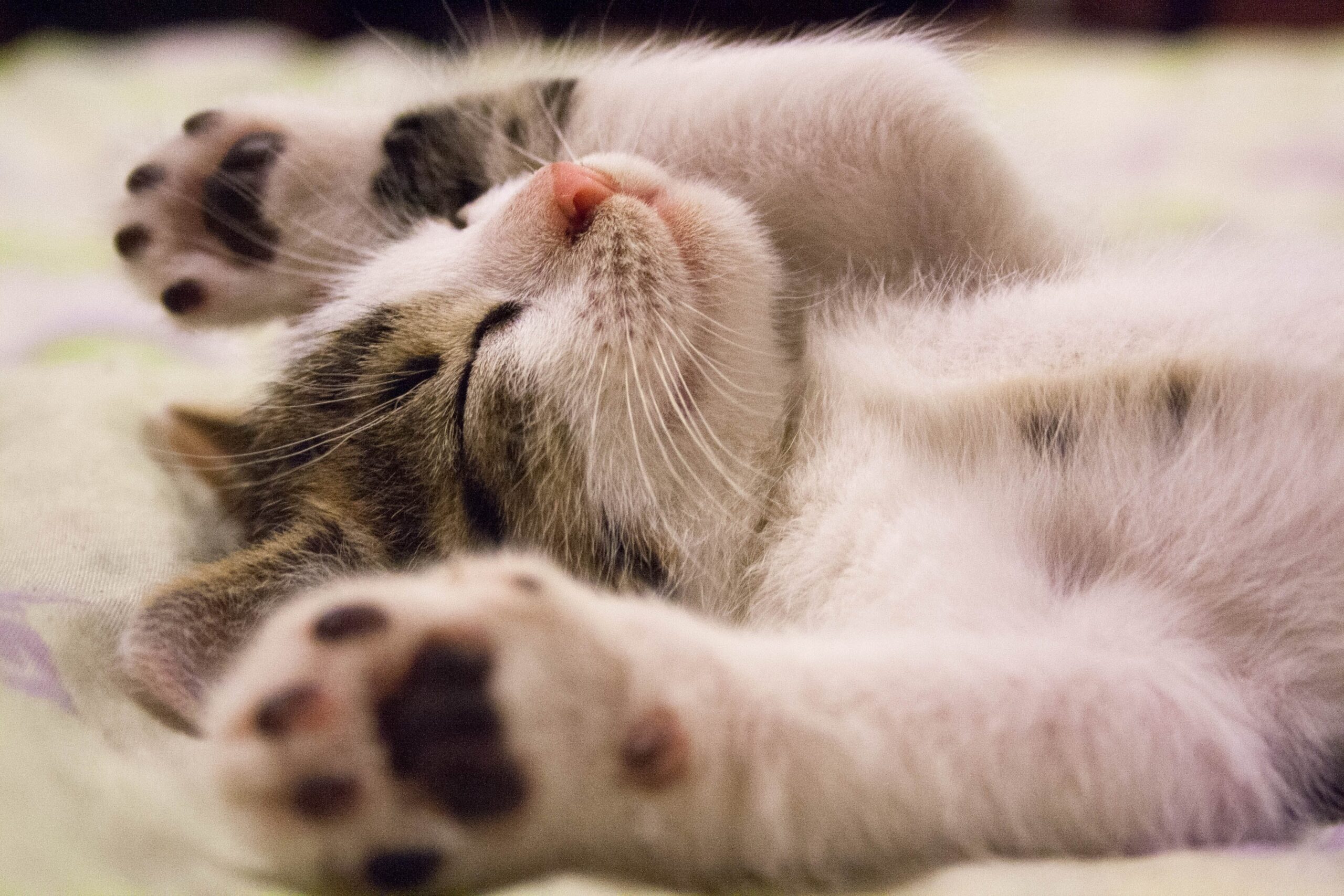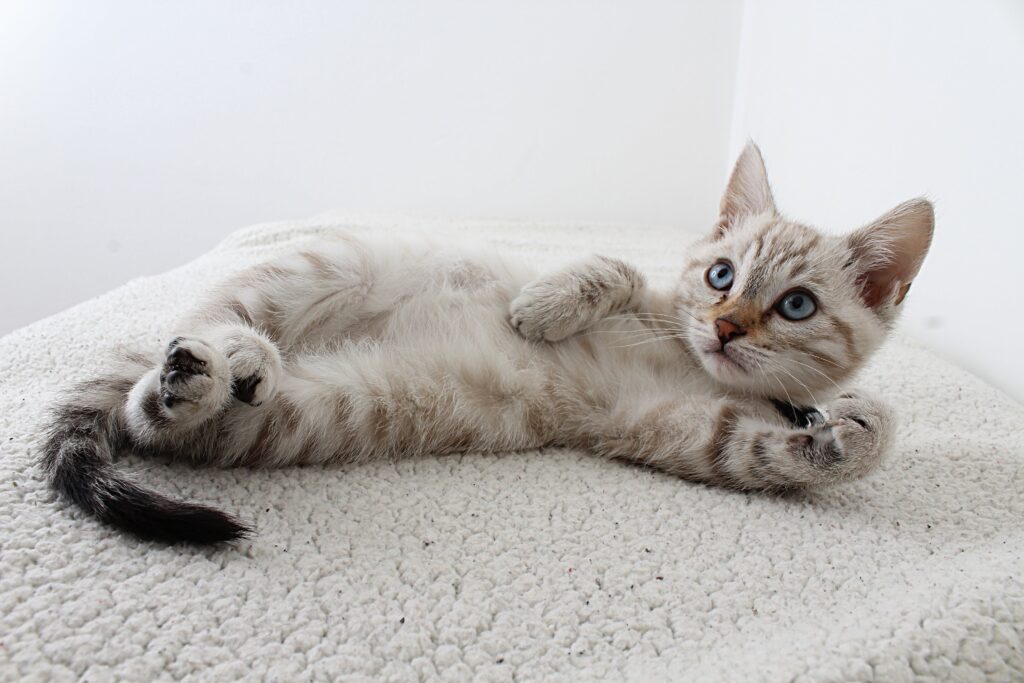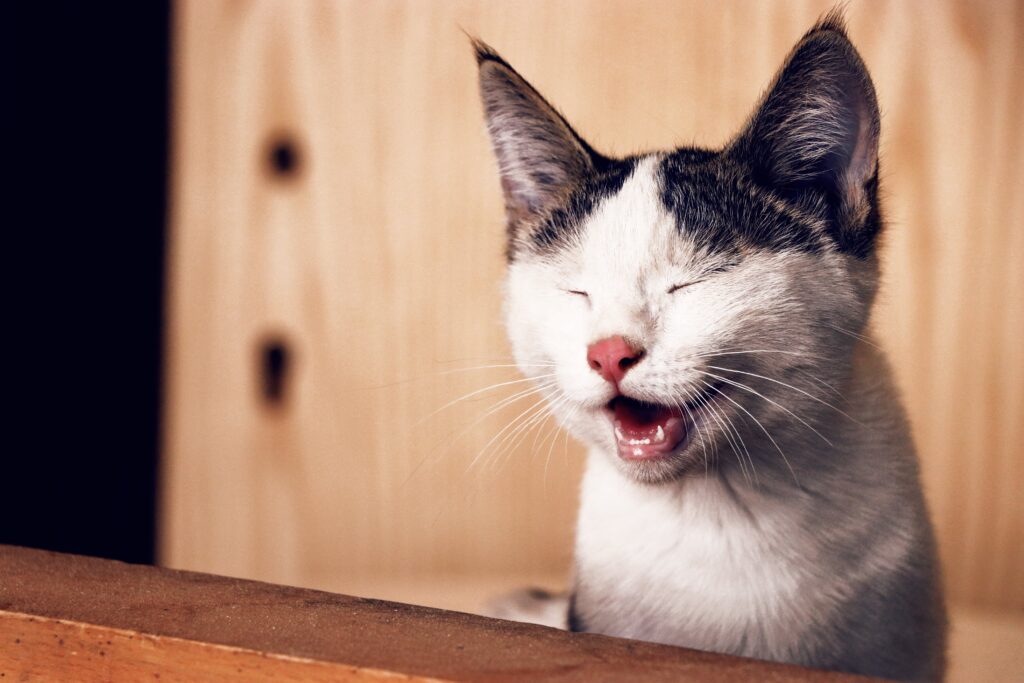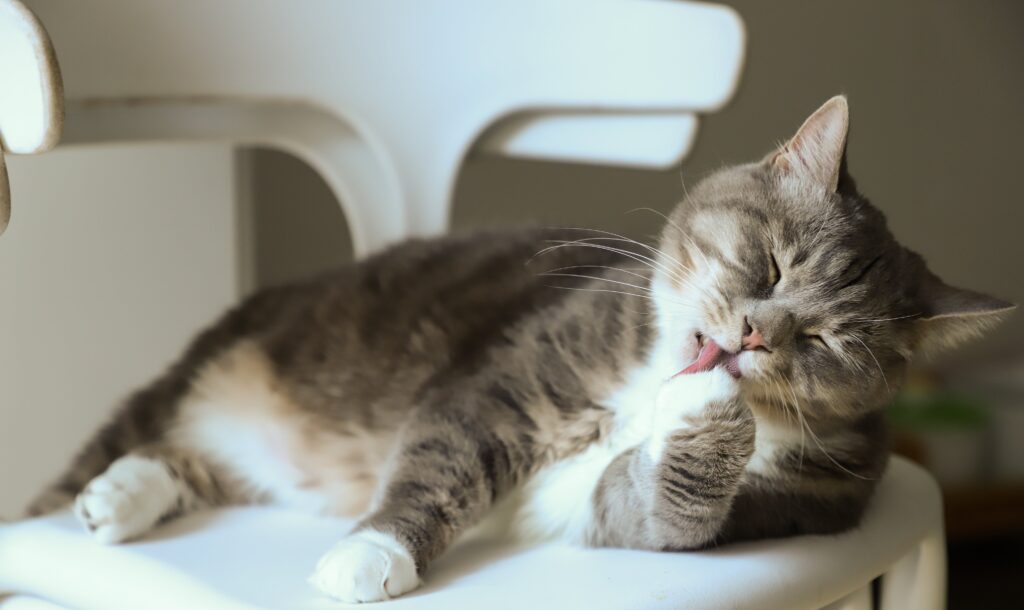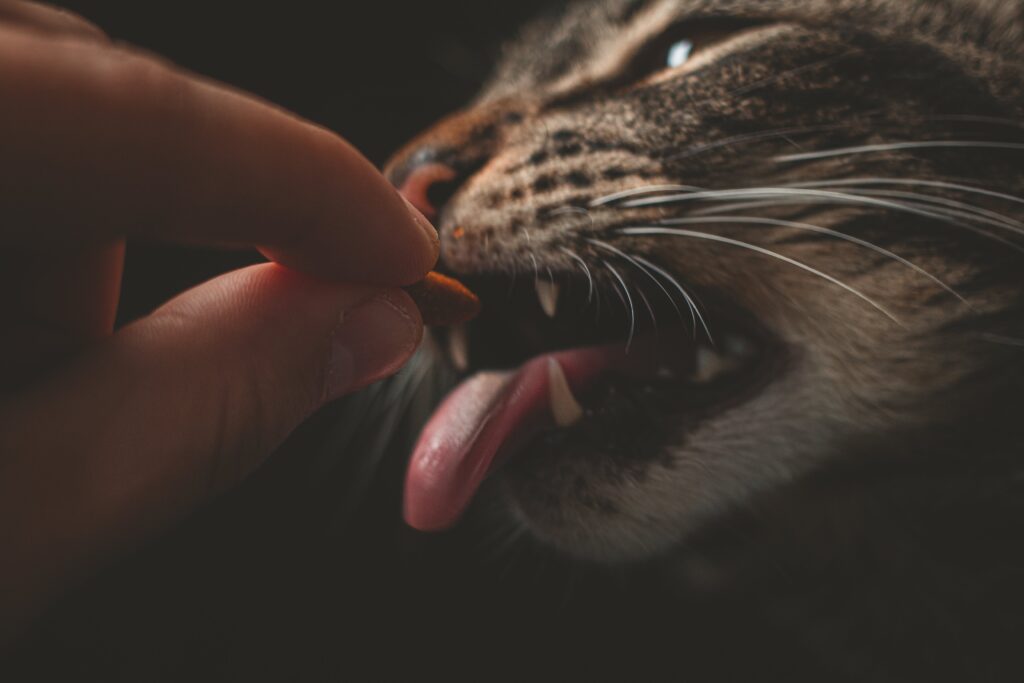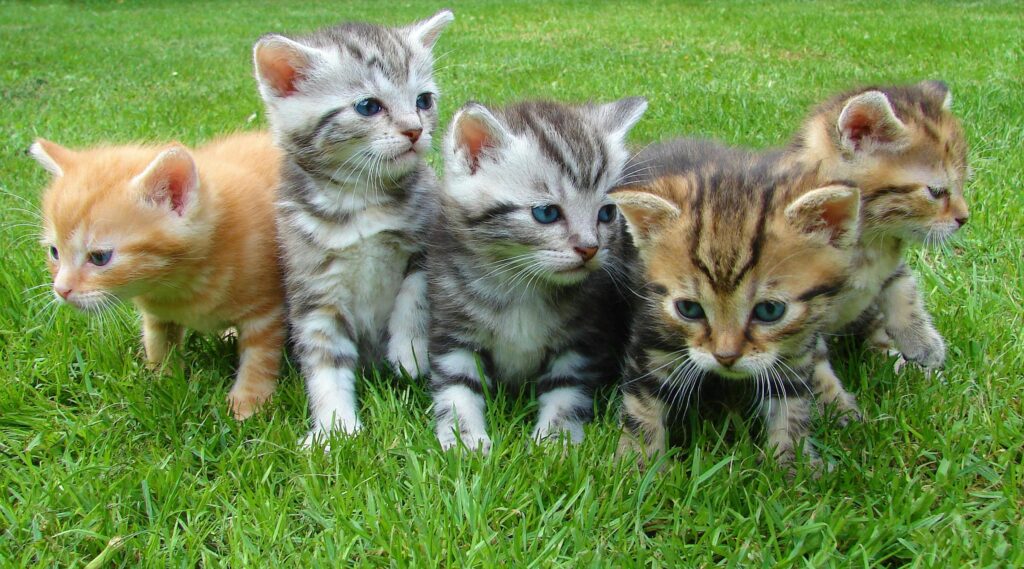With their mysterious ways and self-contained nature, cats can leave even the keenest of pet lovers curious about one thing in particular—can they get colds? Like their human cohabitants, feline health is susceptible to various conditions, and cold-like symptoms are no exception. In this in-depth examination of feline health, we’ll delve into cat colds, from symptoms to prevention, ensuring you’re well-equipped to keep your furry friends in the pink of health.
Understanding the peculiarities of feline respiratory conditions is pivotal for cat owners and the pet industry. Whether you’re a seasoned cat owner or contemplating bringing a whisker-faced companion home, this comprehensive guide will give you the necessary know-how to handle cat colds and other respiratory illnesses with finesse.
Introduction
Importance of understanding feline health
Fleeting companionship from a cat that’s feeling under the weather is a stark reminder of the importance of health maintenance. Feline health, often veiled in stoic and unchanging behavior, demands a discerning eye and a broad understanding of what can ail your pet.
Common concerns about cats and colds
In veterinary medicine, the perennial questions from cat owners often revolve around colds: Can my cat catch a cold? What are the symptoms? How do I know when it’s something more severe? Our exploration of feline colds aims to address these concerns, providing you with the insight to detect, manage, and prevent respiratory conditions in your cats.
Understanding Cat Colds
Overview of Feline Respiratory Infections
Feline upper respiratory infections (URI) are the equivalent of human colds. Typically caused by viruses, URIs can affect a cat’s nasal passages, sinuses, and pharynx, causing inflammation and a host of clinical signs ranging from mild to severe.
Similarities and Differences Between Human and Feline Colds
While the symptoms of cat colds may mimic those of humans, there are distinct differences in the causative agents. The feline herpesvirus and calicivirus are the primary viral culprits, often accompanied by secondary bacterial infections. Unlike humans, cats do not suffer from the same common viruses, such as the rhinovirus, Adenovirus, and influenza viruses, which affect humans.
Symptoms and Signs
Common Signs of a Cold in Cats
Cats with colds may exhibit sneezing, nasal discharge, watery eyes, fever, lethargy, and reduced appetite. These signs can be particularly evident in kittens or cats with compromised immune systems.
Differentiating Cold Symptoms from Other Conditions
Because cold symptoms in cats can be similar to those of other diseases, such as feline immunodeficiency virus (FIV), feline leukemia virus (FeLV), chlamydiosis, and even asthma, it’s essential to approach any respiratory illness with caution and consult a veterinarian for an accurate diagnosis.
Causes and Transmission
Viral and Bacterial Causes of Cat Colds
Cold symptoms in cats, whether from a virus or bacteria, can result from one of several infectious agents. Feline herpesvirus and calicivirus are the two most common viral causes. At the same time, bacteria such as Bordetella bronchiseptica and Chlamydophila felis can contribute to more severe cases of upper respiratory disease.
How Cats Contract and Spread Colds
Cats can contract colds through exposure to carriers of the virus or bacteria, such as infected cats and contaminated environments. Outdoor cats and those housed in multi-cat environments are particularly at risk due to increased exposure opportunities.
Prevention and Treatment
Tips for Preventing Colds in Cats
Preventing cat colds combines vaccination, environmental management, and good hygiene practices. Keeping your cat warm and dry, ensuring a balanced and healthy diet, and minimizing stress can all contribute to fortifying their immune system.
When to Seek Veterinary Care
Recognizing when cold symptoms warrant a visit to the vet is crucial. If your cat’s symptoms persist for over a few days, are particularly severe, or if your cat shows signs of respiratory distress, veterinary care is needed to prevent complications.
Treatment Options and Home Remedies
Depending on the severity and the causative agent, treatment can range from supportive care, such as ensuring your cat stays hydrated and well-fed, to more advanced medical interventions, such as antibiotics for secondary bacterial infections.
Boosting Cat’s Immune System
Importance of a Healthy Diet and Exercise
A balanced diet appropriate for your cat’s life stage and activity level can significantly bolster their immune system. Coupled with regular exercise, it will make overall health better.
Supplements and Vaccinations to Consider
Supplements like L-l-like omega-3 fatty acids can further support your cat’s immune function. Vaccinations against common feline viruses should be discussed with your veterinarian to protect your cat.
Conclusion
In our quest to unravel the mysteries of feline health, we’ve learned that cat colds are indeed a reality. You can ensure your cat is prepared to fight respiratory infections with careful observation, prompt intervention, and health-boosting practices. Finally, regular veterinary check-ups are the cornerstone of maintaining cat health. Stay vigilant and proactive, and enjoy the years of purring companionship your feline friend has in store for you.
